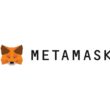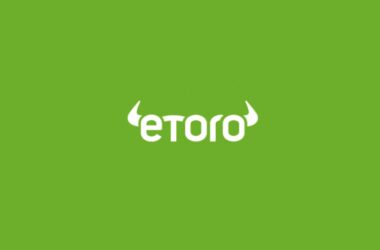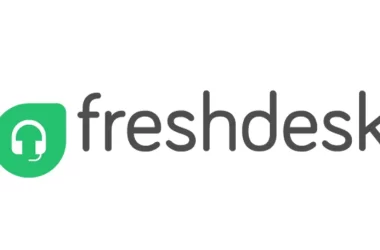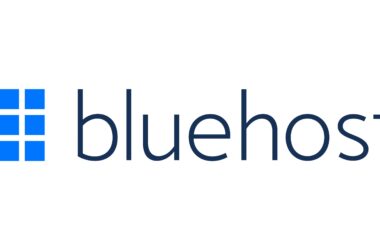In the ever-evolving landscape of social media management, Buffer has long been a household name. With its user-friendly interface and handy scheduling features, it has become a go-to tool for individuals and businesses alike. However, as the digital sphere expands, so does the demand for buffer alternatives that offer unique features, improved functionalities, or cater to specific needs. Let’s delve into the realm of buffer alternatives, exploring what sets them apart and why you might want to consider them.
Features and Limitations of Buffer

Now that we’ve highlighted the key features and limitations of Buffer, let’s seamlessly transition into exploring a diverse array of alternatives that cater to specific needs and preferences in the social media management sphere.
Features
- Intuitive User Interface: Buffer boasts a user-friendly interface, making it accessible to users of all levels, from beginners to seasoned social media managers.
- Flexible Scheduling Options: With Buffer, users have the ability to schedule posts across various social media platforms, allowing for strategic planning and consistent engagement.
- Basic Analytics and Insights: The platform provides basic analytics tools, giving users insights into post performance and audience engagement.
- Team Collaboration: Buffer allows for collaboration among team members, facilitating seamless teamwork in managing social media accounts.
- Content Calendar: The inclusion of a content calendar feature helps users visualize and plan their social media content efficiently.
Limitations
- Limited Analytics Depth: While Buffer offers basic analytics, users with more advanced analytics needs may find its capabilities somewhat restricted.
- Pricing Tiers: The pricing structure of Buffer may pose challenges for smaller businesses or individuals on a tight budget as costs increase with the growth of social media presence.
- Platform Dependency: Buffer’s primary focus on major social media platforms may leave users engaging in niche or emerging platforms without ample support.
- Third-Party Integration: Although Buffer integrates with various third-party apps, some users may find the selection limited compared to other social media management tools.
- Learning Curve for Advanced Features: While beginner-friendly, mastering advanced features may require additional time and effort, potentially slowing down the workflow for some users.
What Sets Buffer Apart?
Buffer distinguishes itself in the competitive landscape of social media management tools through a combination of user-centric design, robust scheduling capabilities, and a commitment to transparency. The platform’s intuitive user interface stands out as a beacon of accessibility, ensuring that both novices and experienced social media managers can navigate its features effortlessly. The flexibility offered in buffer alternative scheduling posts across various platforms is a key differentiator, enabling users to tailor their content strategy with precision.
Buffer’s emphasis on transparency, including clear pricing structures and open communication with users, fosters a sense of trust in an industry where reliability is paramount. Additionally, the platform’s commitment to facilitating teamwork through collaborative features, such as team collaboration and content calendars, reinforces its position as a comprehensive solution for social media management. While Buffer may have its limitations, its distinct blend of usability, functionality, and transparency sets it apart as a stalwart choice in the dynamic realm of social media tools.
Need for Buffer Alternative
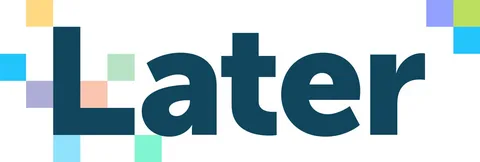
In the ever-evolving landscape of social media management, the search for viable buffer alternative is fueled by several compelling factors, each contributing to the diverse and dynamic needs of users. Let’s delve deeper into the reasons prompting individuals and businesses to explore alternative tools in the realm of social media management.
1. Advanced Analytics Requirements: Unlocking Deeper Insights
Buffer’s analytics, while providing valuable data on post performance, may not suffice for businesses with more sophisticated analytics needs. The thirst for a deeper understanding of audience behavior, engagement patterns, and content effectiveness compels users to seek buffer alternative that offer more comprehensive and advanced analytics solutions. The quest for tools that empower data-driven decision-making propels users toward alternatives that can deliver a richer analytics experience.
2. Budgetary Constraints and Pricing Sensitivity: Balancing Cost and Features
Buffer’s pricing structure, while reflective of its capabilities, may present challenges for smaller businesses or individuals operating on a tight budget. The pursuit of cost-effective alternatives that don’t compromise on essential features becomes a driving force for those looking to optimize their social media management expenses. Users explore buffer alternative that align with their budgetary constraints without sacrificing the functionality they require, seeking a harmonious balance between cost and features.
3. Diverse Platform Engagement: Navigating the Multifaceted Social Landscape
The expansive growth of social media has given rise to a multitude of platforms catering to various niches and interests. Buffer’s primary focus on major platforms might leave users engaged in emerging or specialized platforms feeling underserved. The need for a comprehensive social media management tool that accommodates a diverse range of platforms becomes a catalyst for exploring buffer alternative. Users seek tools that can seamlessly integrate with and support their engagements across a broader spectrum of social media channels.
4. Desire for Specialized Features: Tailoring Solutions to Unique Needs
While Buffer offers a range of features suitable for general social media management, users often crave specialized functionalities to address their unique needs. The desire for tools that provide specific solutions, whether it’s advanced scheduling options, enhanced collaboration features, or niche-specific capabilities, prompts individuals and businesses to explore buffer alternative tools that offer a more tailored and specialized approach to social media management.
Commonly Used Buffer Alternatives For Social Media Management
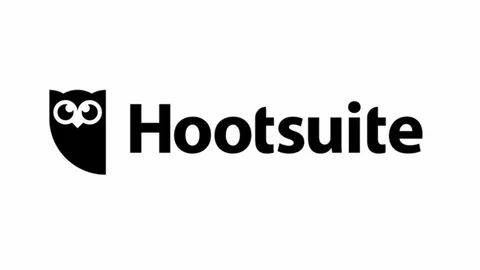
As we venture into the realm of Buffer alternative, it’s essential to explore each option in detail, understanding the distinctive features that set them apart in the dynamic landscape of social media management.
1. Hootsuite: Orchestrating Social Media Excellence
Hootsuite stands out for its comprehensive approach to social media management. With a centralized dashboard, users can seamlessly coordinate posts across various platforms, including Twitter, Facebook, LinkedIn, and Instagram. Its robust scheduling capabilities empower users to plan content strategically, ensuring a consistent online presence. Moreover, Hootsuite’s analytics tools provide insightful data on post performance, audience engagement, and overall social media effectiveness. The platform’s ability to cater to both individual users and large enterprises makes it a versatile choice for those seeking excellence in social media orchestration.
2. Sprout Social: Elevating Engagement and Analytics
Sprout Social goes beyond basic scheduling, offering a holistic solution that encompasses social listening, engagement, and in-depth analytics. Its intuitive interface simplifies the management of multiple social media accounts, making it a go-to for businesses aiming to enhance their online presence. With features like message prioritization, team collaboration, and detailed reporting, Sprout Social ensures a comprehensive approach to social media management, empowering users to not only schedule posts but actively engage with their audience and analyze the impact of their strategies.
3. CoSchedule: Unifying Content and Social Strategy
CoSchedule positions itself as a platform that unifies content creation, collaboration, and marketing efforts. Beyond scheduling social media posts, CoSchedule integrates content calendars, making it an ideal choice for teams managing diverse content strategies. The collaborative features facilitate seamless teamwork, streamlining workflows for efficient content creation and publication. For those looking to align their content and social strategies within a centralized hub, CoSchedule offers a robust solution that enhances overall organizational efficiency.
4. MeetEdgar: Maximizing Content Resharing Potential
MeetEdgar specializes in maximizing the longevity and impact of content through automated resharing. This unique approach sets it apart, allowing users to schedule and automate the reposting of evergreen content. By doing so, MeetEdgar helps maintain a consistent online presence, ensuring that valuable content continues to reach and engage audiences over time. For users prioritizing content resharing strategies, MeetEdgar offers an innovative solution that extends the lifespan of their carefully crafted content.
5. Later: Visualizing and Planning Instagram Content
Later caters specifically to Instagram users, offering a visually-oriented platform for planning and scheduling content. Its emphasis on the visual aspect aligns with the nature of Instagram, providing users with tools to plan their feed, visualize the overall aesthetic, and schedule posts, including Instagram Stories. Later’s user-friendly interface and Instagram-specific features make it a valuable asset for those heavily invested in Instagram marketing, providing a tailored solution for optimizing visual content strategies.
6. Sendible: Tailoring Solutions for Agencies
Sendible recognizes the unique needs of agencies in managing multiple clients’ social media accounts. With collaborative features, client management tools, and a comprehensive reporting system, Sendible streamlines agency workflows. The platform ensures efficient communication and coordination within agency teams, making it a preferred choice for those navigating the complex landscape of managing diverse clients and their social media accounts.
7. SocialBee: Crafting Social Media Strategies
SocialBee positions itself as a tool for crafting and executing social media strategies effectively. Its focus on content categories, evergreen posting, and audience targeting empowers users to take a strategic and organized approach to social media management. SocialBee’s features cater to those looking to curate a well-thought-out content strategy, ensuring consistent engagement and growth across various social media platforms.
8. Zoho Social: Integrating Social Media into Business Processes
Zoho Social seamlessly integrates with other Zoho applications, providing a holistic solution for businesses within the Zoho suite. Combining social media management with customer relationship management (CRM) features, Zoho Social aligns social media efforts with broader business processes. This integration enhances overall efficiency, making it a preferred choice for businesses looking to streamline their social media strategies within a broader organizational framework.
9. Buffer Reply: Enhancing Social Customer Service
Buffer Reply steps into the spotlight for users prioritizing social customer service. It centralizes communication across social media platforms, allowing businesses to respond promptly and efficiently to customer queries and feedback. The platform’s focus on enhancing customer interactions makes it an essential tool for businesses committed to providing excellent customer service through social media channels.
10. Crowdfire: Streamlining Content Curation and Discovery
Crowdfire excels in simplifying content curation and discovery, making it easier for users to find relevant content to share with their audience. With features like content recommendations, post scheduling, and competitor analysis, Crowdfire streamlines the process of maintaining a consistent posting schedule. For those looking to optimize their content curation efforts and discover valuable content within their niche, Crowdfire emerges as a valuable asset in the social media management toolkit.
Factors To Consider While Choosing The Perfect Buffer Alternative
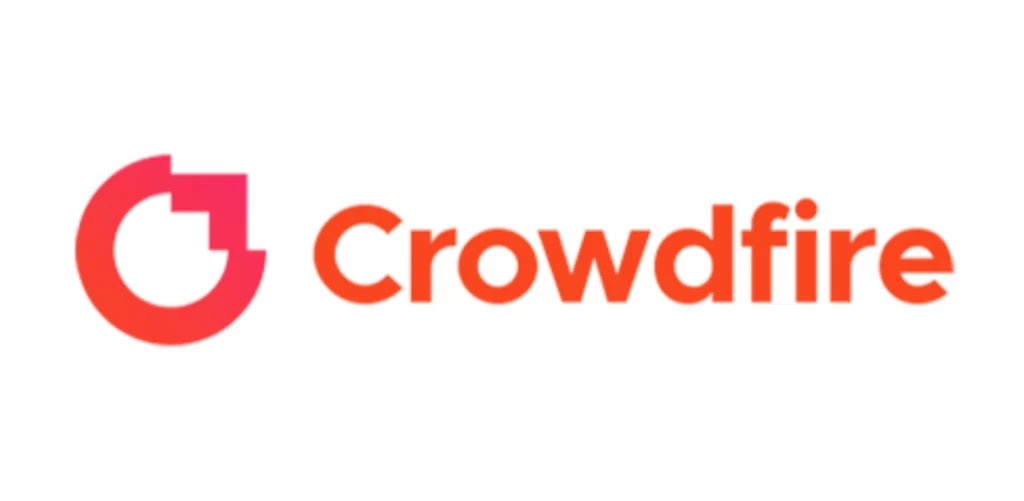
As you embark on the journey of selecting the ideal Buffer alternative for your social media management needs, it’s crucial to consider several factors that can significantly impact your overall experience and success. Here are five key considerations to guide you in making an informed decision:
1. Feature Alignment: Ensuring Core Functionality Fit
The first and foremost consideration is aligning the features of the buffer alternative with your specific social media management requirements. Assess whether the alternative provides the essential functionalities you rely on, such as scheduling flexibility, analytics depth, and collaborative features. A seamless fit in terms of core functionalities ensures that the tool can effectively meet your unique needs and streamline your social media workflow.
2. Scalability and Pricing Structures: Planning for Growth
As your social media presence expands, it’s essential to choose an buffer alternative that can scale alongside your growth. Evaluate the scalability of the tool, ensuring it can accommodate an increasing volume of posts, users, and accounts. Additionally, delve into the pricing structures of the buffer alternative to understand how costs evolve with your usage. Finding a tool with a pricing model that aligns with your budget and growth trajectory is paramount for long-term success.
3. User Interface and Ease of Use: Enhancing User Experience
A user-friendly interface is critical for maximizing efficiency and minimizing the learning curve. Consider the buffer alternative user interface, evaluating its intuitiveness and accessibility. A tool that prioritizes ease of use enhances the overall user experience, allowing you to navigate the platform seamlessly and make the most of its features without unnecessary complications.
4. Platform Integration: Supporting Diverse Social Channels
Ensure that the chosen buffer alternative supports integration with the social media platforms crucial to your strategy. Assess whether it caters to a diverse range of platforms beyond the major ones, ensuring you can maintain a cohesive presence across all relevant channels. A tool with robust platform integration capabilities allows for a comprehensive and unified social media management approach.
5. Customer Support and Community: Ensuring Reliability and Assistance
Reliable customer support is indispensable when navigating the intricacies of a social media management tool. Investigate the level of customer support offered by the buffer alternative, including response times, support channels, and available resources. Additionally, consider the presence of an active user community or knowledge base, providing an additional layer of assistance. A tool with robust support ensures you can address issues promptly and receive guidance throughout your usage.
Conclusion
While Buffer has undoubtedly earned its place in the social media management arena, exploring buffer alternative can uncover hidden gems that better suit your unique needs. The key lies in understanding your priorities, weighing the features of each buffer alternative, and selecting the perfect fit for your social media strategy. Whether it’s enhanced analytics, specialized content scheduling, or collaborative team features, the world of buffer alternative awaits, ready to elevate your social media game.





